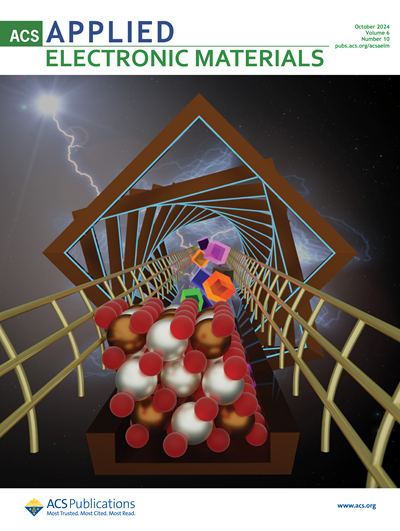Computational Methods as Part of Scientific Research in Cosmetic Sciences—Are We Using the Opportunity?
IF 4.3
3区 材料科学
Q1 ENGINEERING, ELECTRICAL & ELECTRONIC
引用次数: 0
Abstract
In the field of the cosmetic industry, significant efforts are made to develop methods that are not only cost effective and time effective but are also environmentally friendly and cruelty free. Cosmetic tests using in vivo animal models are currently banned in the European Union. To fulfil regulatory requirements, new approach methodologies (NAMs) are implemented, and thereupon, in silico techniques have constantly acquired significance. This review aimed to show the general picture of the available computational methods and approaches, give some examples of their applications, present capabilities and limitations, and propose the way forward. The general information about in silico modelling and examples of its usage in the context of cosmetics and its legal regulation are presented. The review is divided with a focus on three endpoints of interest: (1) safety assessment, (2) exposure assessment, and (3) formulation characterization. With this comprehensive analysis, we try to answer the question as to whether we are using the opportunity.计算方法作为化妆品科学研究的一部分--我们是否抓住了机遇?
在化妆品行业,人们一直在努力开发不仅具有成本效益和时间效益,而且环保和无公害的方法。目前,欧盟已禁止使用体内动物模型进行化妆品测试。为了满足监管要求,新的方法论(NAMs)得以实施,因此,硅学技术不断获得重视。本综述旨在展示现有计算方法和途径的总体情况,举例说明其应用,介绍其能力和局限性,并提出今后的发展方向。本综述介绍了有关硅学建模的一般信息,以及在化妆品及其法律监管方面的应用实例。综述分为三个关注点:(1) 安全性评估;(2) 暴露评估;(3) 配方表征。通过这一全面分析,我们试图回答我们是否正在利用这一机会的问题。
本文章由计算机程序翻译,如有差异,请以英文原文为准。
求助全文
约1分钟内获得全文
求助全文
来源期刊

ACS Applied Electronic Materials
Multiple-
CiteScore
7.20
自引率
4.30%
发文量
567
期刊介绍:
ACS Applied Electronic Materials is an interdisciplinary journal publishing original research covering all aspects of electronic materials. The journal is devoted to reports of new and original experimental and theoretical research of an applied nature that integrate knowledge in the areas of materials science, engineering, optics, physics, and chemistry into important applications of electronic materials. Sample research topics that span the journal's scope are inorganic, organic, ionic and polymeric materials with properties that include conducting, semiconducting, superconducting, insulating, dielectric, magnetic, optoelectronic, piezoelectric, ferroelectric and thermoelectric.
Indexed/Abstracted:
Web of Science SCIE
Scopus
CAS
INSPEC
Portico
 求助内容:
求助内容: 应助结果提醒方式:
应助结果提醒方式:


